Running a steel or metal processing plant in a fast-growing market like Thailand is a constant balancing act. You face intense pressure to boost your output and meet demand. But at the same time, you're dealing with aging equipment that breaks down, energy costs that can change overnight, and new environmental regulations that demand heavy investment. It feels like you're fighting battles on multiple fronts. Making the wrong choice on a new piece of equipment, especially something as critical as a coil packing line, can turn a potential solution into another major problem, causing bottlenecks and killing your profitability. You need more than just a machine; you need a solution that strengthens your entire operation.
To choose a reliable coil packing line supplier, you must look for a strategic partner with deep, practical manufacturing experience. The right partner provides a total solution that goes beyond the initial sale. They should offer customized engineering to integrate with your existing systems, use energy-efficient components to lower your operating costs, provide robust after-sales support, and design machines that are ready for your factory's digital transformation.
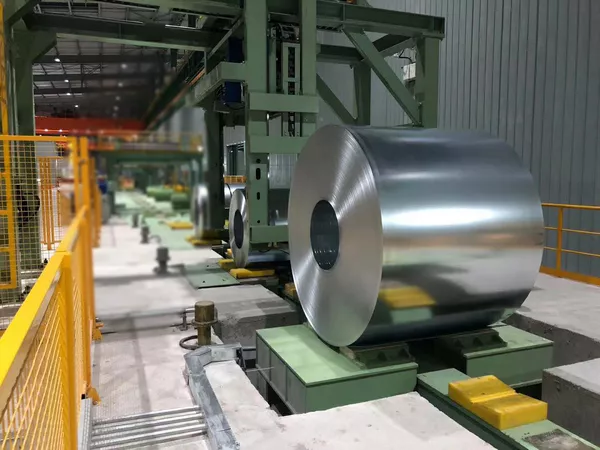
Finding this kind of partner can feel overwhelming. There are hundreds of suppliers, and they all promise quality and reliability. So how do you cut through the noise and find a company that truly understands your challenges? It’s not just about comparing technical specifications or prices. It’s about evaluating their approach, their experience, and their commitment to your success. I’ve been in this industry for a long time, starting as an engineer on the factory floor and eventually building my own packing machine factory. I've seen firsthand what separates a simple vendor from a true partner. Let's break down the key questions you should be asking.
How Can a Modern Packing Line Mitigate Rising Energy Costs?
You see it every month on your utility bills. The cost of electricity and fuel is unpredictable, and it always seems to be going up. This volatility makes it incredibly difficult to manage your production costs and maintain healthy profit margins. Every kilowatt-hour saved is money that goes directly to your bottom line. You might think of a packing line as just the final step, but a poorly designed one can be a major energy drain, running inefficiently and wasting power even when it’s not working. The solution is to view a new packing line not just as a machine that wraps coils, but as a strategic tool for energy optimization.
A modern coil packing line directly mitigates rising energy costs by incorporating high-efficiency components, intelligent automation, and integrated system design. It uses premium motors with Variable Frequency Drives (VFDs) that only draw the power needed for a specific task. Smart sensors and programming allow the machine to enter low-power standby modes automatically, eliminating the energy waste from idle running that plagues older equipment.
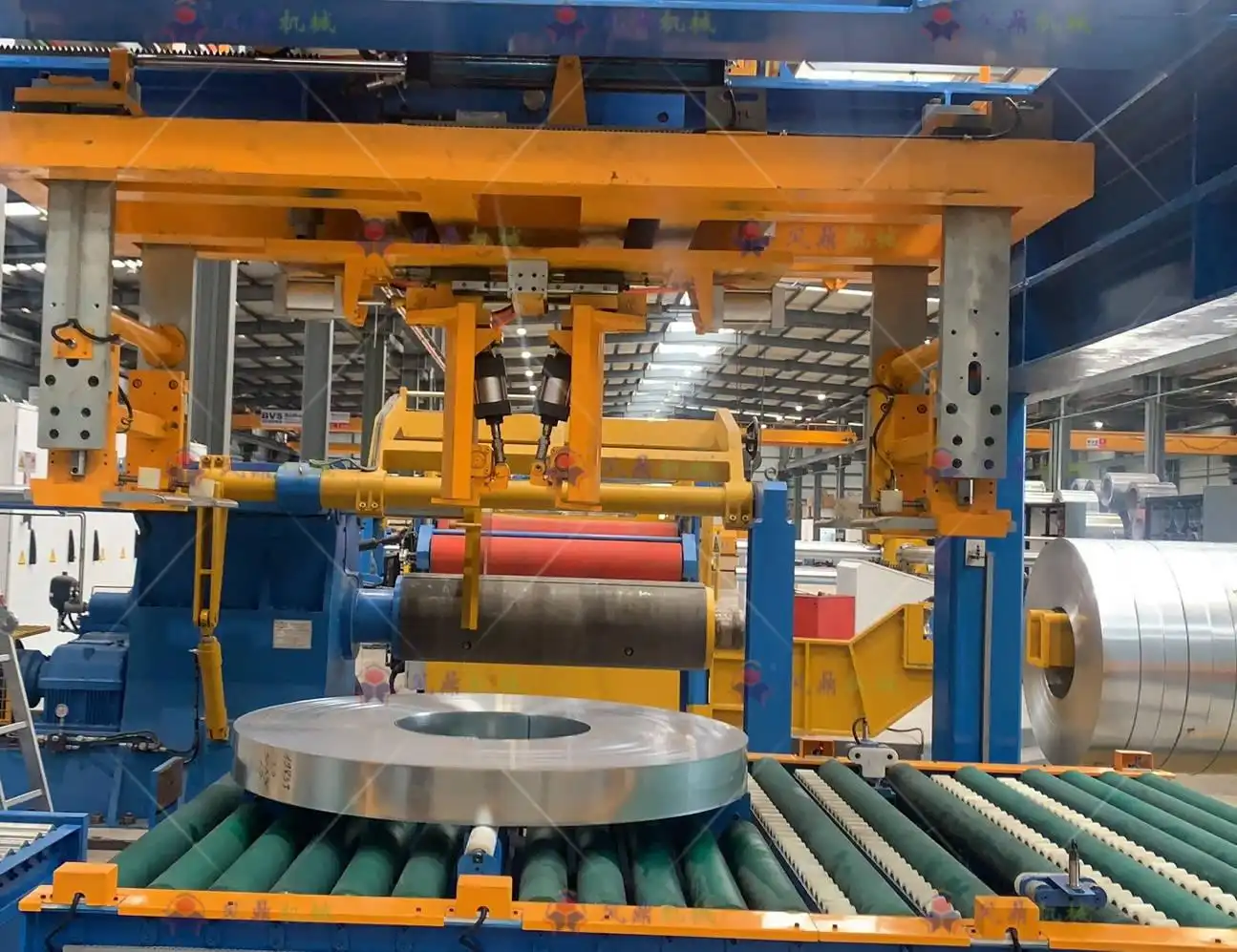
Dive Deeper into Energy Savings
When I first started as an engineer, the noise on the factory floor was constant. A big part of that noise came from motors on the packing lines running at full speed all day long, whether a coil was present or not. It was accepted as a normal cost of doing business. But all I could see was wasted energy, wasted money, and unnecessary wear and tear. This is a core problem we decided to solve when designing our machines. Let’s look at the specific areas where a modern line delivers savings.
High-Efficiency Components
The heart of any machine's energy consumption is its motors. Older machines often use standard efficiency motors that run at a fixed speed. A modern line should use premium efficiency motors (IE3 or IE4 standards). These motors convert more electricity into useful work and less into waste heat. But the real game-changer is the Variable Frequency Drive (VFD). A VFD allows the motor's speed to be precisely controlled. For example, the conveyor can move quickly with a heavy coil but slow down for a lighter one, or the wrapping shuttle can adjust its speed based on the coil's diameter. This means the motor only uses the exact amount of energy required for the job at hand, instead of running at 100% power all the time.
Smart Automation and Standby Modes
A "smart" packing line knows when it's working and when it's waiting. Through a network of sensors, the machine can detect when there are no coils on the infeed conveyor. After a preset period of inactivity, the system can automatically shut down non-essential components. The main drive motors, the wrapping shuttle, and hydraulic pumps can all enter a sleep mode. When a sensor detects an incoming coil, the system wakes up instantly. This simple feature can cut the machine's idle energy consumption by over 90%.
System Integration Reduces Waste
Energy waste also comes from inefficient workflow. If your packing line isn't properly integrated with your slitting line or crane operations, you create stop-and-go situations. Each stop and start uses a surge of energy. A well-designed line ensures a smooth, continuous flow. This reduces the need for constant crane movements to reposition coils and eliminates bottlenecks where coils pile up, waiting for the packing machine to catch up. A holistic view of the entire process, from slitter to storage, is key to minimizing total energy use.
| Feature | Old Packing Line | Modern SHJLPACK Line | Impact on Energy Cost |
|---|---|---|---|
| Main Motors | Standard Efficiency (IE1/IE2) | Premium Efficiency (IE3/IE4) with VFDs | Lowers running costs by 15-20% |
| Idle State | Runs continuously at full or partial power | Automatic low-power standby mode | Reduces idle energy waste by over 90% |
| Hydraulic System | Runs constantly | On-demand pump activation | Slashes energy use during non-active cycles |
| Workflow | Often isolated, causing bottlenecks | Integrated for smooth, continuous flow | Reduces stop-start cycles and associated energy peaks |
What Does True "Full-Process Support" Look Like for Aging Equipment?
Your factory is likely a mix of old and new. You have machines that have been reliable workhorses for over 15 years, running alongside newer technology. The thought of adding a brand-new packing line into this environment can be stressful. Will it connect properly? Will it create a new bottleneck? The biggest fear is that you'll invest a significant amount of capital, only to have the supplier disappear after the machine is installed, leaving you to deal with compatibility issues and integration headaches. True, full-process support is the antidote to this fear. It's a commitment from your supplier to act as a partner, ensuring the new equipment not only works but enhances your entire production flow.
True full-process support means the supplier is deeply involved before, during, and long after the sale. It begins with a comprehensive on-site audit to understand your existing layout and workflow. It continues with customized engineering to ensure seamless mechanical and data integration. It includes hands-on installation and extensive training for your operators and maintenance teams. Finally, it extends to a long-term relationship built on proactive maintenance support and guaranteed access to spare parts.
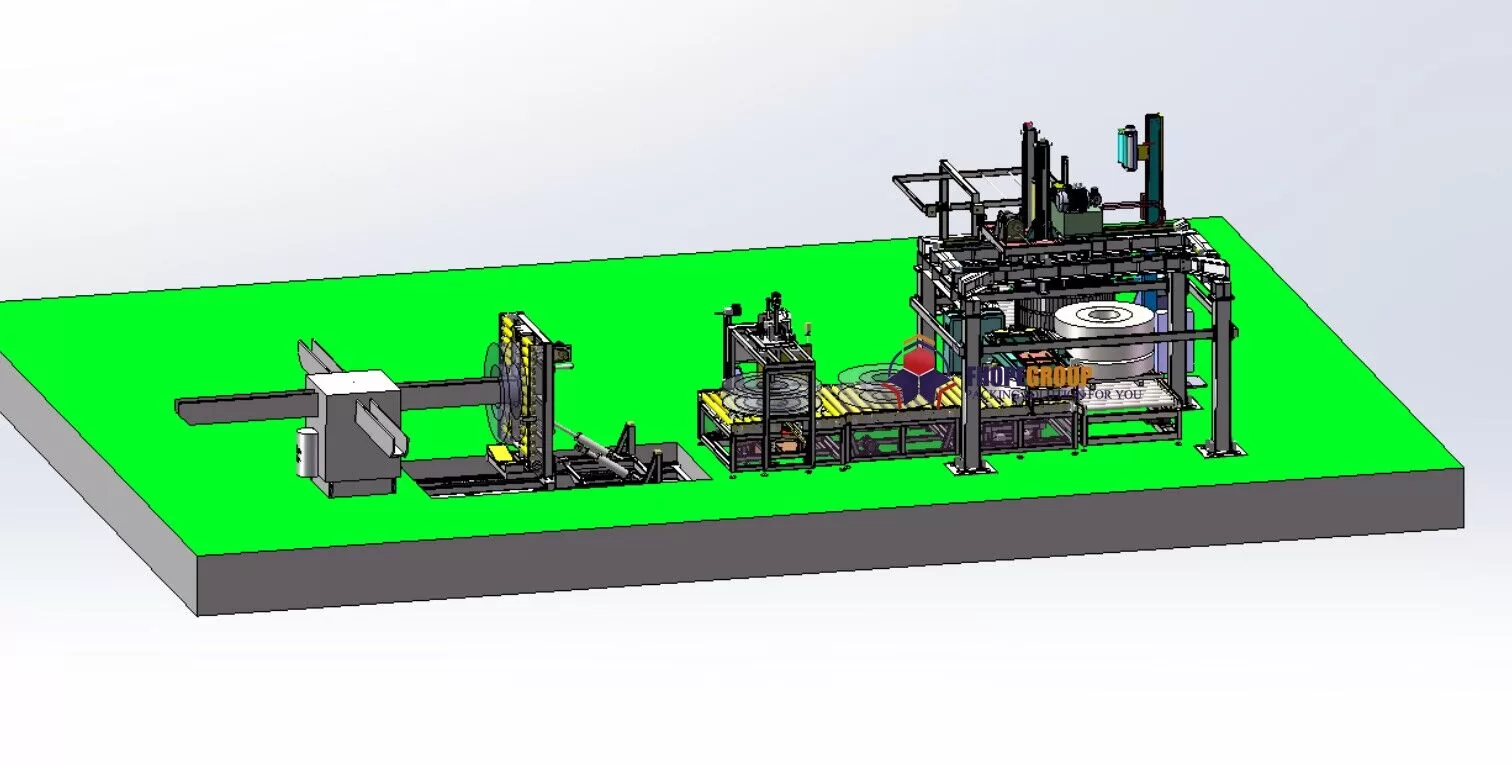
Dive Deeper into the Partnership Process
I once visited a client who had bought a state-of-the-art packing machine from another company. It was fast and looked great. The problem? It was designed for a floor-level conveyor system, but my client's facility used an overhead crane to load coils. The new machine created a massive operational bottleneck and required costly, unplanned modifications to the surrounding area. The supplier offered no solution; they had just sold a standard product. This is exactly the situation we work to prevent. A partnership is about solving the client's entire problem, not just selling a machine.
Stage 1: The Pre-Sale Audit and Consultation
This is the most critical phase. A true partner doesn't just send you a catalog. They send an engineer to your factory. We walk your production floor. We measure the space. We talk to your operators and maintenance crew to understand their pain points with the current system. We analyze the output of your slitting or rolling lines to determine the required cycle time for the packing line. We look at your coil sizes, weights, and packaging material requirements. This deep dive allows us to propose a solution that fits your operation like a glove, not force you to change your operation to fit our machine.
Stage 2: Customization and Integration
No two factories are identical. Customization is not a luxury; it's a necessity. This could mean:
- Mechanical Customization: Adjusting the height and width of conveyors to match your existing lines. Designing turnstiles or tilters that fit within your limited floor space.
- Electrical and Software Integration: Ensuring the new packing line's control system can "talk" to your older equipment. If you have a central control desk, we make sure our machine can be monitored and controlled from there. This prevents your operators from having to run between multiple control panels.
Stage 3: Installation, Commissioning, and Training
Our commitment doesn't end when the machine ships. Our engineers are on-site for the entire installation and commissioning process. We don't leave until the line is running smoothly and meeting the agreed-upon performance targets. But just as important is the training. We provide comprehensive, hands-on training for two key groups:
- Operators: How to run the machine safely and efficiently, how to change packing materials, and how to perform basic troubleshooting.
- Maintenance Team: How to conduct preventive maintenance, how to diagnose and fix common issues, and how to understand the electrical and mechanical schematics. An empowered team is your first line of defense against downtime.
Stage 4: Long-Term After-Sales Support
The partnership truly proves its value in the years after installation. This includes:
- Readily Available Spares: We maintain a stock of all critical spare parts, ensuring that if a component fails, you can get a replacement quickly, not in weeks or months.
- Remote Diagnostics: Modern systems allow our engineers to log in remotely (with your permission) to diagnose software or control issues, often solving problems without the need for an expensive site visit.
- Ongoing Consultation: As your business grows and your needs change, we are there to provide advice on upgrades, process optimization, and new packaging technologies.
How Does a Modern Packing Line Contribute to Digital Transformation?
You hear the terms everywhere: "Industry 4.0," "Smart Factory," "Digital Transformation." You know that harnessing data is the key to unlocking the next level of efficiency and profitability. Your goal is to deploy systems like MES (Manufacturing Execution System) and IoT (Internet of Things) to get a real-time, transparent view of your entire operation. The problem is that many equipment suppliers are still living in the past. They provide "dumb" machines that operate as isolated islands, unable to communicate with your larger factory network. This forces you into manual data collection, which is slow, inaccurate, and defeats the entire purpose of digitalization. A modern packing line, however, should be designed from the ground up to be a vital and communicative node in your digital ecosystem.
A modern packing line is a key contributor to your digital transformation strategy. It is equipped with a powerful PLC (Programmable Logic Controller) and an array of IoT sensors that collect and transmit critical operational data in real time. Through open communication protocols, it integrates seamlessly with your MES. This allows you to track production throughput, monitor consumable usage, receive instant fault alerts, and even send packing instructions directly from your planning system to the machine, creating a truly connected and intelligent production environment.
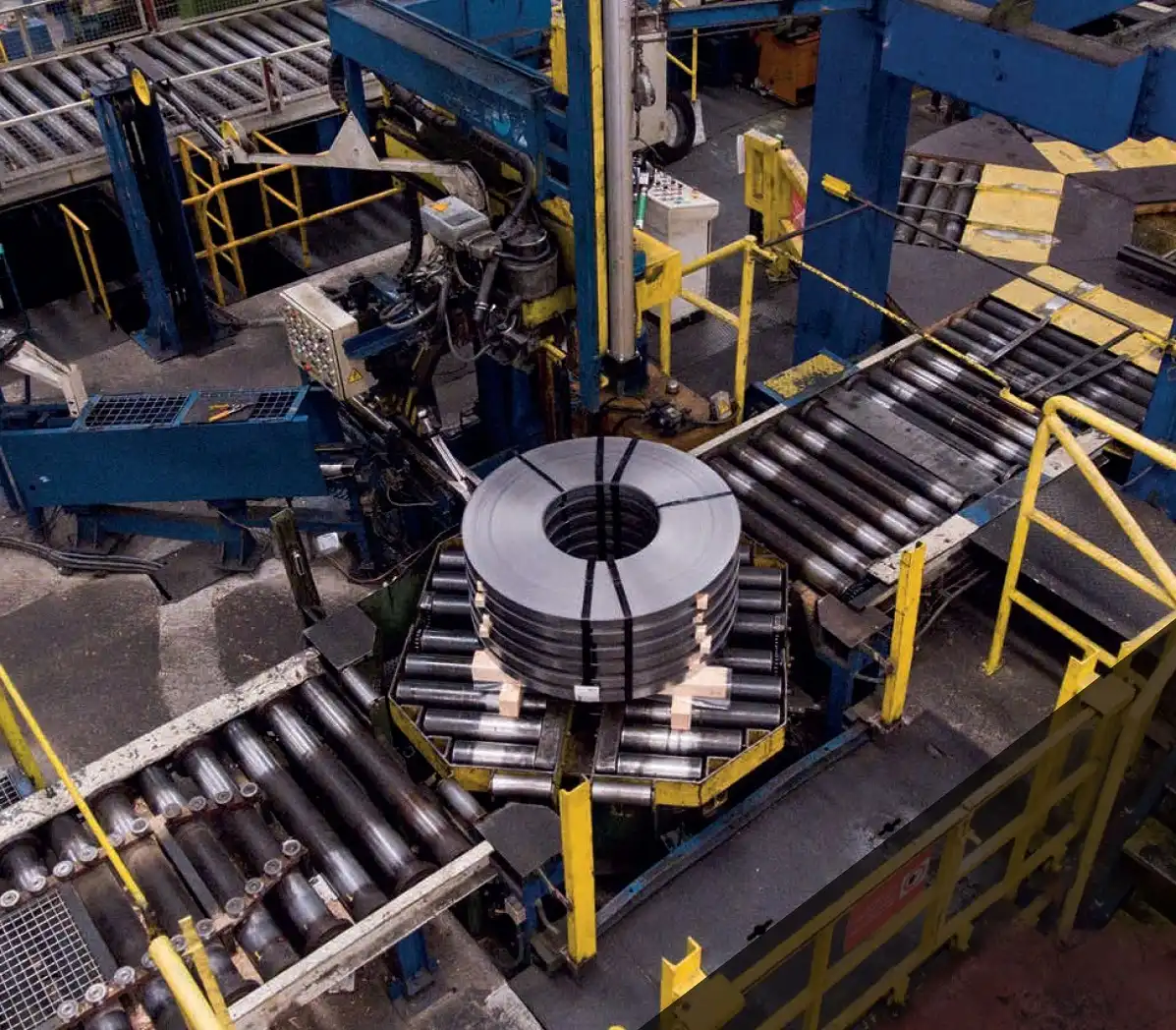
Dive Deeper into the Data-Driven Machine
In my early days in the factory, our production tracking system was a clipboard and a pen. At the end of every shift, we would count the coils and estimate the amount of wrapping film used. The data was always a day late and often inaccurate. You can't make smart, timely decisions with bad data. Today, we build our machines to be the source of truth for your packaging operation. They don't just wrap coils; they generate valuable information that empowers your entire business.
The Brain: PLC with Open Communication
The PLC is the machine's onboard computer. A basic PLC can run the machine, but a modern, advanced PLC is built for communication. We use PLCs that support open, universal protocols like OPC-UA. Think of this as a universal language that allows our packing line to talk to almost any MES or SCADA system on the market without expensive, custom software development. The HMI (Human-Machine Interface) is also critical. It should be intuitive, graphical, and provide operators and maintenance staff with clear diagnostics, not just cryptic error codes.
The Senses: A Network of IoT Sensors
A smart machine needs senses. We embed a variety of sensors throughout the line to capture data that was previously invisible.
- Production Data: Optical or laser sensors count each coil as it passes, providing an exact, real-time throughput count. Weighing scales can be integrated to record the exact weight of each finished coil.
- Consumable Tracking: Sensors can measure the diameter of the stretch film or paper roll, calculating precisely how much material is used per coil and alerting you when a roll is running low. This optimizes inventory and prevents line stoppages.
- Machine Health (Predictive Maintenance): This is a huge leap forward. Vibration sensors on motors can detect bearing wear weeks before a failure. Temperature sensors on gearboxes can indicate a lubrication problem. By tracking this data over time, you can move from reactive maintenance (fixing things when they break) to predictive maintenance (fixing things before they break), drastically increasing your uptime.
The Connection: Seamless MES Integration
This is where everything comes together. Because the packing line can communicate, it becomes an active part of your production planning.
| Data Flow Direction | Example of MES Integration | Benefit |
|---|---|---|
| MES to Packing Line | The MES sends a "recipe" for an incoming coil (e.g., Coil ID #12345, use packing spec A, apply 3 straps). | Automates the packing process, eliminates human error in selecting the wrong program. |
| Packing Line to MES | The line sends a confirmation: "Coil ID #12345 complete. Used 1.2 kg of film. Cycle time was 95 seconds." | Provides 100% accurate, real-time production and material data for costing and inventory. |
| Packing Line to MES | The line sends an alert: "Fault on conveyor motor 3. Possible over-current." | Instantly notifies the maintenance team via the MES, reducing diagnostic and repair time. |
This two-way communication transforms the packing line from a simple machine into an intelligent asset that helps you achieve your goals of total production visualization and control.
Why is a Supplier's Own Manufacturing Experience Crucial for Your ROI?
As a business owner, every investment decision comes down to one thing: Return on Investment (ROI). You need to know that the capital you spend on a new packing line will pay for itself through increased efficiency, reduced costs, and improved reliability. You listen to sales presentations and read brochures filled with promises of high performance. But often, these presentations are delivered by people who have never worked on a factory floor. They can't answer your toughest questions about maintenance, durability, or the real-world challenges of running a machine three shifts a day. This is why the most important, yet often overlooked, quality in a supplier is their own hands-on manufacturing experience.
A supplier with their own manufacturing experience is fundamentally different. Their designs are not based on theory; they are forged in the reality of daily production. They understand that true ROI isn't just about the purchase price. It’s about minimizing downtime, simplifying maintenance, and building a machine that can withstand the demanding environment of a steel plant for years. This practical, real-world knowledge is the single biggest factor that separates a reliable, high-ROI machine from one that will cost you money in the long run.
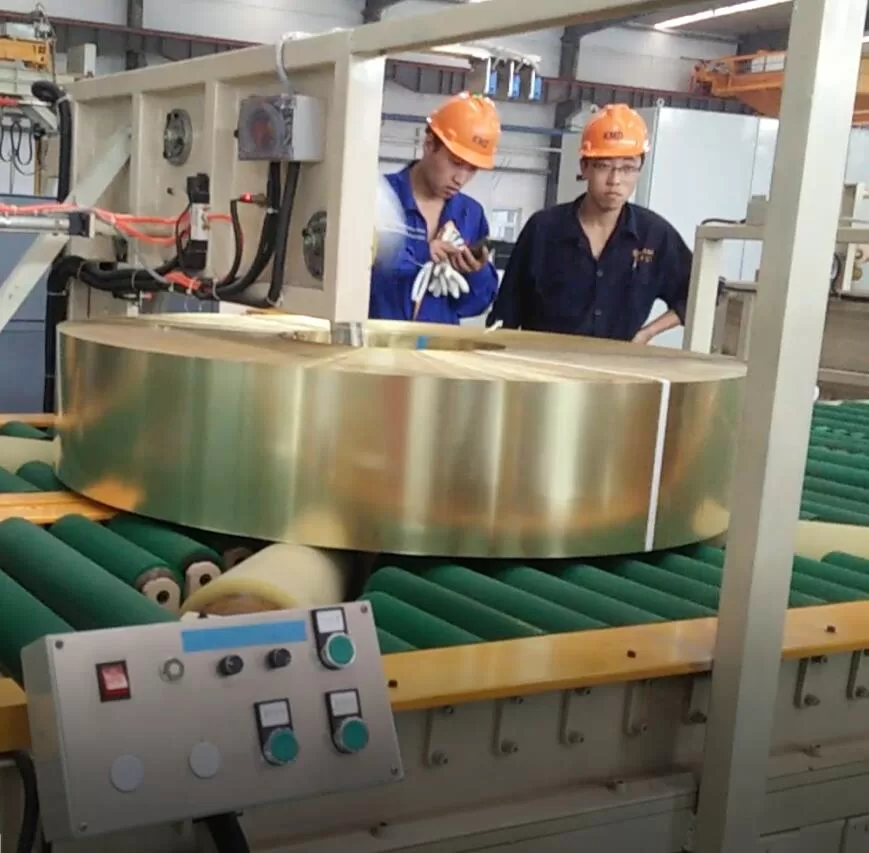
My Insights: From the Factory Floor to Your Partner
I want to be very direct here, because this is the core of why I started SHJLPACK. I didn't begin my career in a corner office with a business degree. I started as an engineer on the factory floor. I've spent countless hours with grease on my hands, trying to fix a broken machine at 3 AM so we could meet a shipping deadline. I know the frustration of a design that looks good on paper but is a nightmare to service. I know what it’s like when a critical component fails and the supplier tells you it’s a six-week lead time for a replacement part.
When I had the opportunity to build my own packing machine factory, I made a promise to myself. We would build machines that I, as an engineer and a factory manager, would want to own and operate. This philosophy impacts everything we do.
Design for the Real World
Our design process is driven by empathy for the people who will use our machines every day.
- For the Operator: We design simple, intuitive controls. We place emergency stops where they can be reached easily. We make the process of changing a roll of stretch film as quick and painless as possible, because we know that every minute saved is a minute of added production.
- For the Maintenance Technician: An engineer who has had to squeeze into a tight space to replace a motor will always design for better access. We design our machines with maintenance in mind. We use standard, high-quality components from globally recognized brands like Siemens and SKF. This means that if you ever need a replacement, you can likely source it locally, instead of being held hostage by a proprietary parts list. We provide clear, detailed schematics and documentation because we know the maintenance team is your key to high uptime.
Understanding Your Business
Because I have also been a factory owner, I understand the financial pressures you are under. I know that downtime is your single greatest enemy. A machine that is down is not just idle; it is actively costing you money and potentially damaging your reputation with your customers. This is why we obsess over reliability. We over-engineer critical components. We test our machines relentlessly in our own facility before they ever ship to a client. We understand that the purchase price is just one part of the total cost of ownership. A slightly cheaper machine that breaks down twice as often is no bargain.
This journey from employee to factory owner gave me financial independence, and I am grateful for what the industry has given me. Now, my mission with SHJLPACK is to give back. I want to share this hard-won knowledge to help you avoid the mistakes I've seen and made. When you work with us, you're not just buying a machine. You are gaining a partner who has been in your shoes and is personally invested in your success.
Conclusion
Choosing a supplier is a strategic decision. Look beyond the machine to find a partner with real-world experience who can help you achieve your long-term goals.





